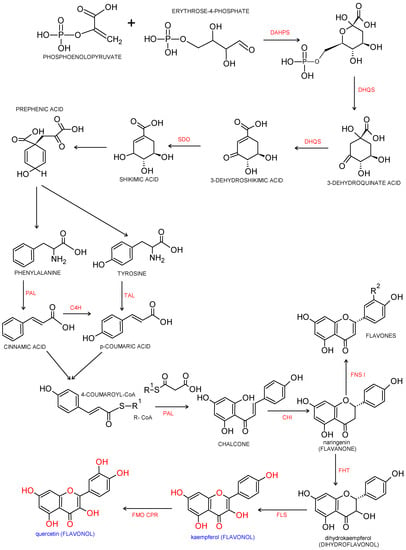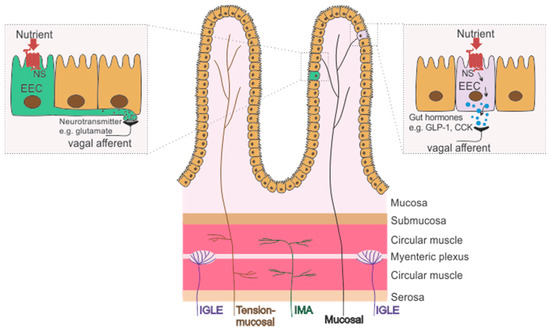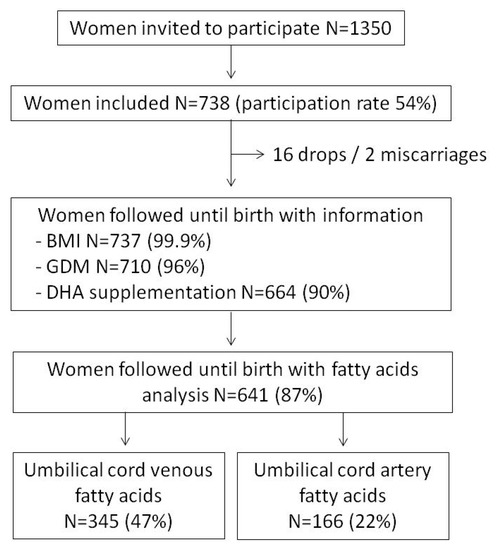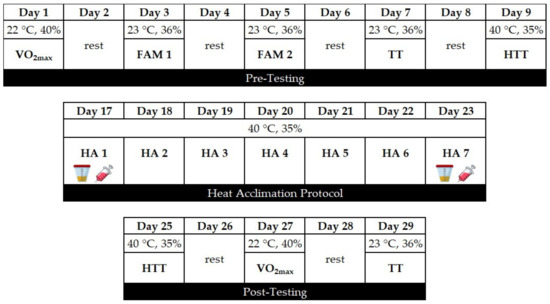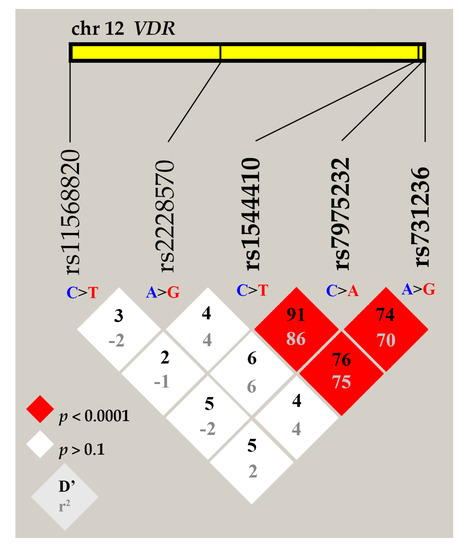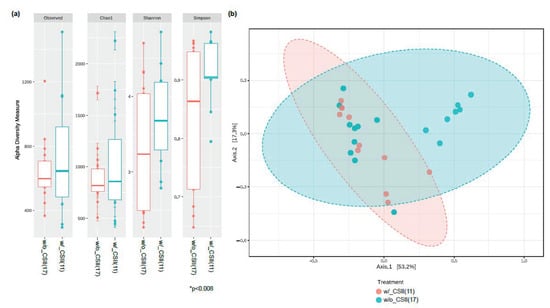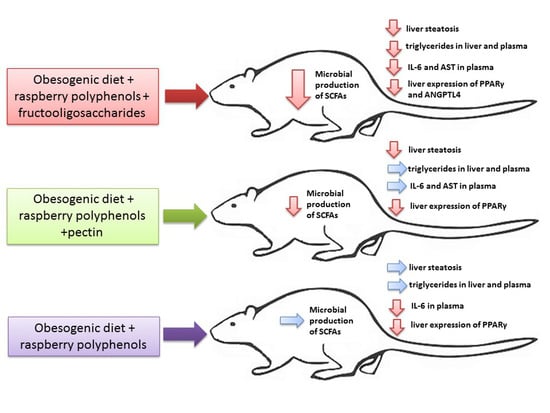Background: Nutrition plays an important role in maintaining the overall health of older people. Inadequate intake may lead to impaired body function, higher morbidity, and mortality. Oral nutritional supplements (ONS) showed positive effect on the nutritional status of the elderly; however, systematic evidence is currently lacking on the effect of ONS on the elderly with anorexia. Aims: The current systematic review and meta-analysis included randomized controlled trial (RCT) articles to investigate the effectiveness of ONS on the main aspects of anorexia of aging (AA). Methods: By using the Preferred Reporting Items for Systematic Reviews and Meta-Analyses (PRISMA) method, researchers independently searched PubMed/MEDLINE, EMBASE, CINAHL, PsycINFO, the Cochrane Library, China National Knowledge Infrastructure (CNKI) and other gray literature resources for publications that met the inclusion criteria by October 2020. The Cochrane Risk of Bias Tools were used for quality assessment. The inverse-variance method was used for the fixed model (FM) while the DerSimonian–Laird method was used for the random model (RM). Respective 95% confidence intervals (95% CIs), mean difference (MD) or standardized mean difference (SMD) was used for indices in terms of effect size (ES). Results: 2497 records were found through the systematic search, while 17 RCTs (
n = 1204) were included, with a mean age of 81.9 years (range: 74–87 years). Supplementation occurred in the morning, mid-day, and evening, while the times varied from one to three times a day. The results of meta-analysis showed that, generally, ONS had a positive effect on the overall appetite, MD = 0.18, 95% CI (0.03, 0.33),
p = 0.02, and consumption, MD = 1.43, 95% CI (0.01, 2.86),
p = 0.05; but not significant in terms of other aspects of appetite: hunger,
p = 0.73; fullness,
p = 0.60; desire to eat,
p = 0.80; preoccupation,
p = 0.15. Additionally, it showed an increase in the overall energy intake, SMD = 0.46, 95% CI (0.29, 0.63),
p < 0.001, in protein intake, SMD = 0.59, 95% CI (0.16, 1.02),
p = 0.007, and in fat intake, MD = 3.47, 95% CI (1.98, 4.97),
p < 0.001, while no positive effect was found on carbohydrates intake,
p = 0.06. Significance differences were also found in the body weight, SMD = 0.53, 95% CI (0.41, 0.65),
p < 0.001, and body mass index (BMI), MD = 0.53, 95% CI (0.12, 0.95),
p = 0.01. Moreover, subgroup analyses were conducted according to the nutrient density with no positive results showed except for the low-density ONS on overall energy intake. Conclusions: The results of the present study indicated that ONS had beneficial effects on overall appetite, energy intake, body weight and BMI.
Full article


